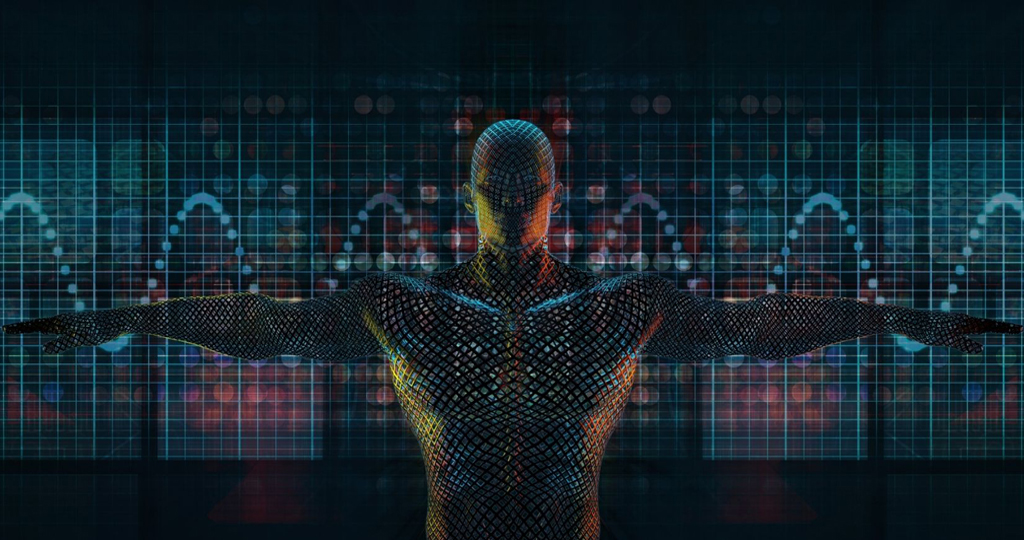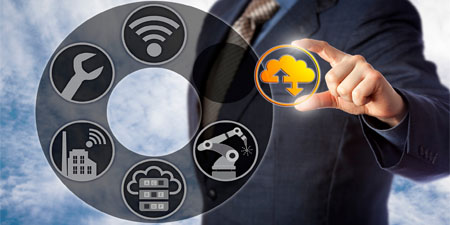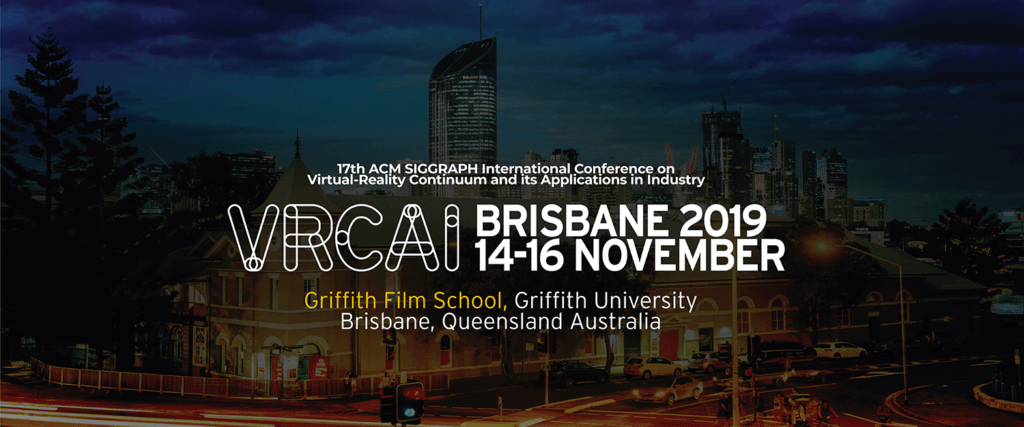CYBERSECURITY
The Cybersecurity and IT Architectures research line at ITCL is focused on developing secure, scalable solutions tailored to the most demanding digital and industrial environments. This line works closely with companies to design and implement resilient technological infrastructures capable of handling large volumes of data while ensuring the security, confidentiality, integrity, and availability of that information.
Our work centers on the design and implementation of secure, distributed architectures, including on-premise, cloud, edge, and fog computing infrastructures. These solutions are built following principles of Security by Design and Defense in Depth, incorporating proactive measures against cyber threats.
We develop and integrate advanced mechanisms for authentication, encryption, continuous monitoring, and intrusion detection, applied to both corporate systems and industrial or critical infrastructures. We also focus on the application of cybersecurity standards and best practices such as ISO 27001, NIST, and compliance with specific sectoral regulations.
Additionally, we design and validate secure architectures for connected environments such as Smart Cities, Smart Energy systems, and Factories of the Future (FoF), where distributed systems must ensure the protection of devices, communications, and sensitive data.
Our experience in R&D projects spans the entire country, collaborating with companies that require robust and cybersecure technological environments as the foundation for their digital transformation and evolution towards connected, intelligent industrial models.
CYBERSECURITY CAPABILITIES
GOVERNANCE, RISK, AND COMPLIANCE
- Threat identification and risk assessment related to information security that could impact assets and business continuity.
- Definition of policies and regulations to implement an effective cybersecurity strategy that protects information and ensures regulatory compliance.
- Awareness and training to promote a cybersecurity culture among employees and encourage good practices and skills to identify risks.
- Alignment with standards and frameworks (ISO 27001, NIST, CIS, etc.).
SECURE ARCHITECTURE AND SYSTEM DESIGN
- Design of secure network architectures based on principles like Zero Trust, least privilege, and defense in depth.
- Secure integration of IT (Information Technology) and OT (Operational Technology) environments.
- Development of secure and robust systems applying security-by-design from the outset.
- Analysis of requirements and characteristics of each application individually, using secure software development practices.
DATA SECURITY
- Implementation of measures to ensure the confidentiality, integrity, and availability of an organization’s critical data.
- Integration of post-quantum cryptography algorithms into systems, including low-performance devices (microcontrollers) or FPGAs, to ensure resistance against quantum attacks.
- Development of blockchain-based solutions to ensure data integrity and traceability.
- Application in various environments: healthcare, industrial, automotive, etc.
CYBERSECURITY LABORATORY
- Simulation of an IT/OT environment through a hybrid (physical and virtual) lab to carry out attacks in a controlled and isolated setting on any part of the topology.
- Evaluation of various architectures, configurations, and security tools to test their effectiveness and compare different security approaches.
- Analysis of vulnerabilities, mitigation strategies, response protocols, etc., across diverse scenarios to ensure the security of industrial environments or critical infrastructures.
- Generation of datasets to train AI models, using data from network traffic, malware, event logs, etc
THREAT MONITORING AND DETECTION
- Application of artificial intelligence techniques to detect anomalies in communications and processes.
- Deployment of monitoring systems with real-time detection capabilities and alert visualization on dashboards.
- Use of honeypots to research real-world threats and attack techniques with the aim of developing more effective defense measures.
OUR CYBERSECURITY TEAM
This line is driven by highly qualified senior and junior researchers committed to continuous innovation and development. Our team includes computer scientists, mathematicians, data analysts, and more.
Ángel López Campo
Head of Cybersecurity
Computer Engineer with extensive experience in participating in and managing R&D projects, especially in the fields of cybersecurity, embedded devices, and secure software development.
His main research areas focus on developing cybersecurity solutions for industrial environments and critical infrastructures, particularly related to honeypots, network monitoring systems, and anomaly detection. He is also specialized in IoT system design and the study of their vulnerabilities and protection measures, such as integrating post-quantum cryptography. He holds several software registrations and a patent.
As the head of Cybersecurity solutions at ITCL, he coordinates a multidisciplinary team to carry out projects and research that protect and add value to companies.

RESEARCH PROJECTS
Fandango – Digital Twin in Automotive Manufacturing
Fandango is aimed at improving operational efficiency in the automotive components sector by acting on the visibility of information in the supply chain, maximizing product quality and optimizing maintenance processes. It will employ the use of digital twins to detect the occurrence of problems earlier and predict outcomes more accurately than pure simulation models.
Project duration: 2018 - 2022
Productio – Boosting Industrial Efficiency with Industry 4.0
Research on various technologies, techniques, tools, methodologies and knowledge aimed at increasing the operational capacity of industrial processes (Overall Equipment Efficiency - OEE) within the framework of the connected industry. The project has enabled the adoption of productive and maintenance solutions in the connected industry by implementing digital security.
Duration: 2016-2020
ITCL Technology Centre will be present at VRCAI 2019 in Australia
Carlos Alberto Catalina participates in the world’s largest congress dedicated to the world of virtual and augmented reality Industry experts from around the world will gather in November in Australia at VRCAI 2019. A congress to be held in the Australian city...
Ciberfactory – Enhancing Industry 4.0 with Cyber-Physical Systems
The Technological Enablers project deals with the industrial research of enabling technologies to increase the technological capacity of the ITCL, and its competitiveness in the technological sector that will facilitate us to bring the experiences closer to the regional industrial interests.
Duration: 2019 - 2020
Can serious games help shape behaviour?
Internet safety and bullying are concerning issues today with many people seeking solutions to deal with them. An EU-funded project investigates the effectiveness of one of these solutions – serious games – in supporting behavioural changes in young people. When it...
Spanish Prime Minister visits Institute of Technology of Castilla y Leon on its 30th anniversary
The Spanish Prime Minister highlighted the potential of the Fourth Industrial Revolution to reverse the depopulation of small Spanish towns






